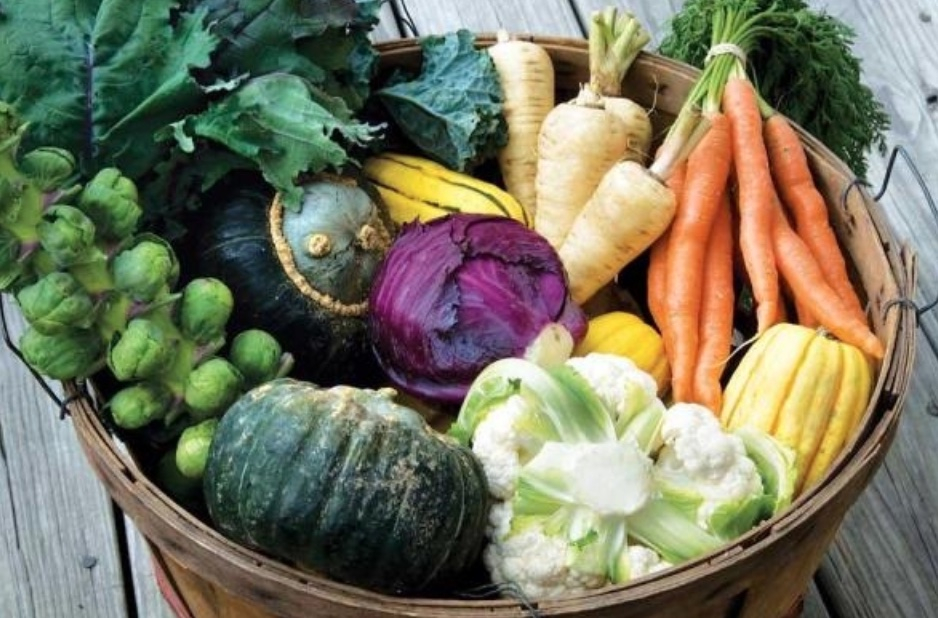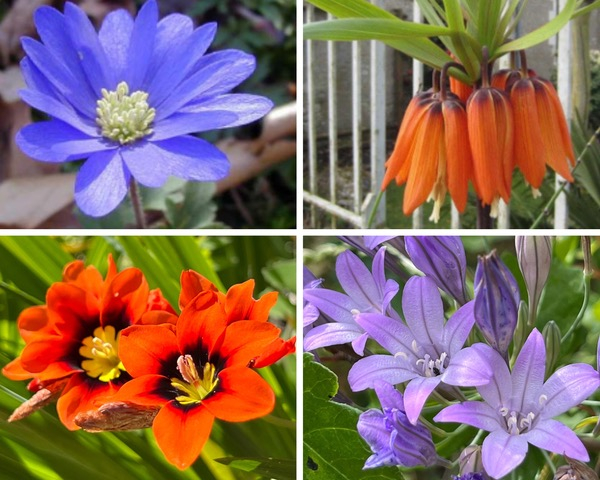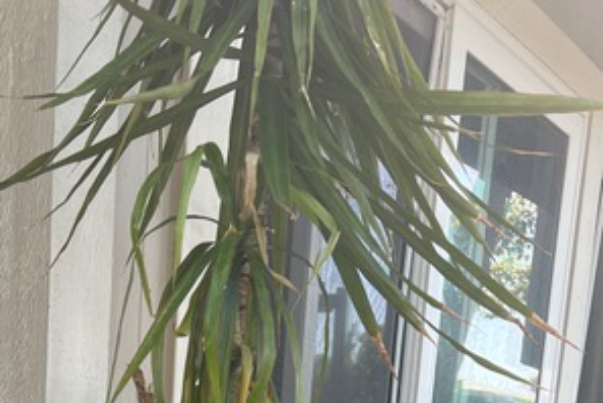Do you have a gardening question? The UC Master Gardeners of Santa Clara County can help. Our volunteers are part of the University of California’s Cooperative Extension program and we are trained to use research-based information to educate our fellow residents on sustainable gardening and landscaping practices specifically for our area.
Our monthly "Ask a Master Gardener" column will answer your questions and offer tips. Have a question? Email lifestyle@embarcaderopublishing.com or leave a comment at the end of this month's column.
What are some ideas for fall landscape and garden planting?
Fall is one of the most productive seasons of the year for gardening and landscaping. Certain plants get their best start when planted in the fall, and some can only thrive with fall planting. Here are some ideas to keep you busy in your garden despite the falling temperatures and leaves.
• Plant different varieties of bulbs
Many of us plant tulip and daffodil bulbs this time of year, but how about adding some less common but equally gorgeous bulbs to the garden? There are plenty to choose from – look here for ideas. Order from reliable bulb catalogs for good quality bulbs. If you find them in nurseries, choose large and firm bulbs with no soft spots. Bulbs like fast-draining soil, so you may need to amend it with organic matter like compost. Check the planting instructions for each type of bulb, but a rule of thumb is to plant at a depth of three times the height of the bulb, with the pointed side up. See more bulb tips here.
• Plant a cover crop
October is the ideal time to feed your soil and the organisms that live in it. One way to do so is to plant a cover crop – also known as green manure – in areas where you're not planting for a few months. Cover crops put nutrients back into the soil, protect soil from erosion, reduce weed growth and encourage earthworm populations. There are several kinds of cover crops you can grow – including clover and vetch – but fava beans are the most popular in our area. They fix nitrogen from the air and make it available in the soil and to plants. Their roots also break up heavy clay soil and improve its structure. Plant fava beans from seeds now and enjoy their lush foliage and beautiful white flowers before chopping them down and turning them into the soil in late February to early April, giving them time to decompose before planting your summer garden. For more information, you might want to attend the free Master Gardener talk called "Cover Crop and Soil Testing" on Oct. 14 in Cupertino, followed by a tour of the McClellan Ranch demonstration garden.
• Grow cool-season vegetables
Plant cool-season vegetables now so they can get established while the soil is still warm and before cold weather arrives and days get shorter. There are so many vegetables that can be planted in October in Santa Clara County that it rivals spring planting! This planting chart lists vegetables to plant now. A big advantage of cool-season vegetables is that they need less supplemental water due to lower temperatures, fewer daylight hours, and rain. There are also fewer pest problems in the winter. For tips, check out this free UC Master Gardener event called "Let's Talk: Fall in the Vegetable Garden" on Oct. 19 in Palo Alto. Purchase cool-season vegetables and listen to gardening talks at the UC Master Gardeners Fall Garden Fair on Oct. 7 at Martial Cottle Park in San Jose.
• Add California native or Mediterranean plants to your yard
If you're one of the many people considering replacing your lawn with California native or Mediterranean plants, now is the time to do it. Planting now, when rains are just around the corner and temperatures are cooler, is the most important thing you can do to assure plants are established before the hot summer arrives. There's a wide variety of native plants to choose from including trees, shrubs, perennials, annuals, vines and groundcovers. With a bit of planning, you can select natives that will be evergreen and provide blooms year-round. To help narrow down choices that are right for your particular yard, go to the California Native Plant Society's CalScape database, where you can enter your address and get a list of natives for your exact area. Learn more about native plants at this free UC Master Gardeners event on Oct. 14 in Sunnyvale called "Local California Natives for your Garden". The Master Gardener's Fall Garden Fair on Oct. 7 will offer California natives and ornamentals for sale.
What is this plant, and how should I take care of it?
I rescued a plant from my work, and it looks like some kind of palm, but I don’t know how to take care of it. I would like to keep it from dying and bring it back to life if it's possible. -- C.V., Mountain View
Answer: We think your plant is a Dracaena, possibly a Dracaena "marginata," which is grown either indoors or outdoors and is common in office settings. These plants don't like to stay wet, so give them regular irrigation with time to dry out a bit between waterings. While dracaenas are somewhat drought tolerant, watering too infrequently may cause the tips of the leaves to turn brown. Fertilize twice a year (spring and fall) with a good quality granular fertilizer. Don't over-fertilize these plants.
From the photo, it appears your plant has many dried-up stems, old-looking soil and too many stems in one pot that are not healthy. We suggest cutting off or removing the spent trunks or stems that don’t have greenery, replenishing the soil and perhaps propagating the leggy stems. Here's more information on caring for Dracaenas. Good luck!
Want to speak with a master gardener about a plant problem? UC Master Gardeners of Santa Clara County offers Plant Clinic Online, a monthly clinic held via Zoom that puts residents in touch with experts who can help diagnose their plant problems. The next plant clinic is scheduled for 7 p.m., Oct. 10. You can also submit questions to our Help Desk. Find more garden events and classes here.
San Mateo residents can also find gardening advice on the UC Master Gardeners of San Mateo and San Francisco website.




Comments